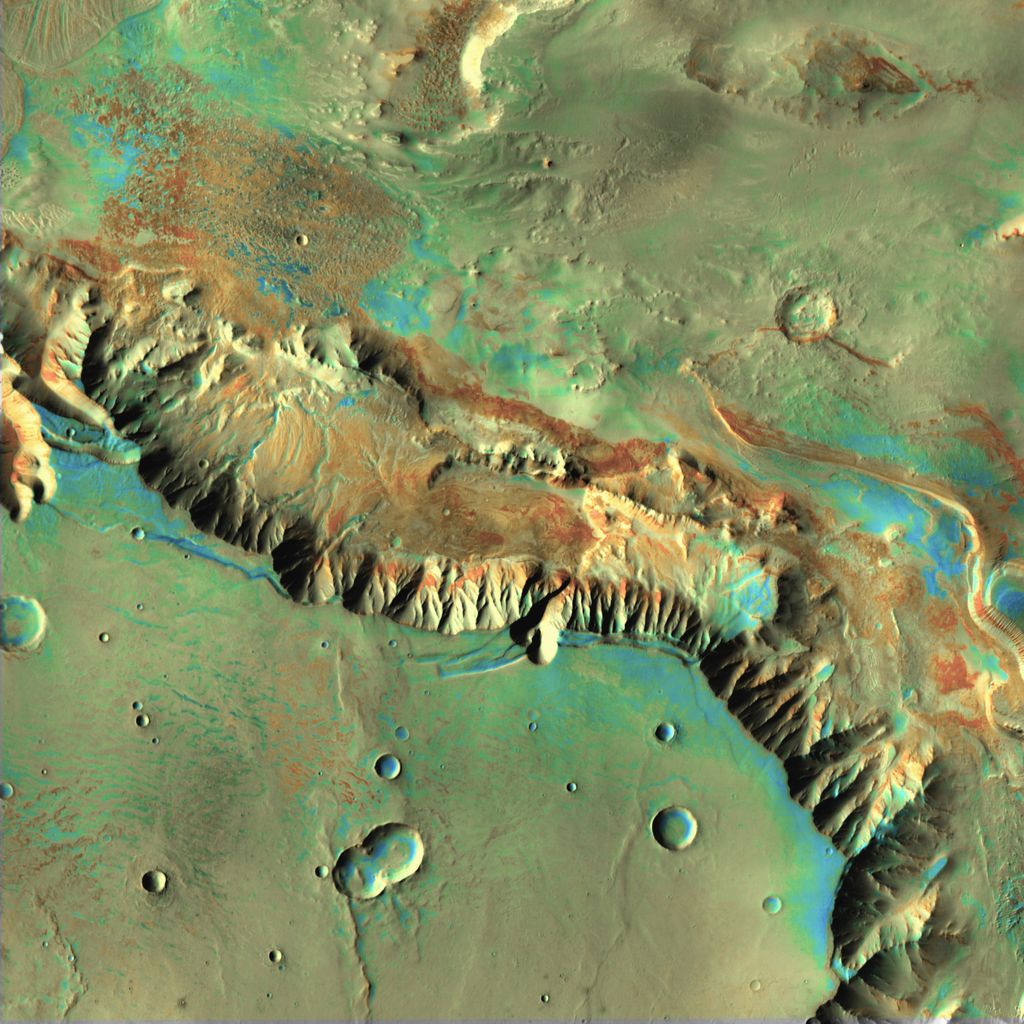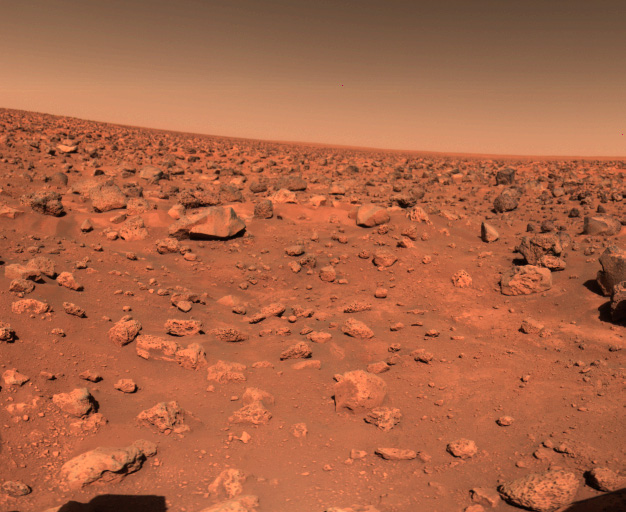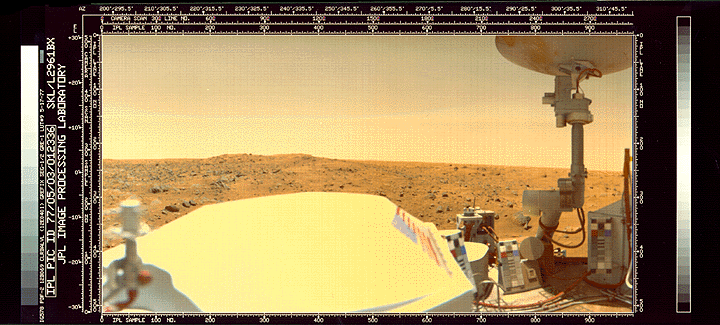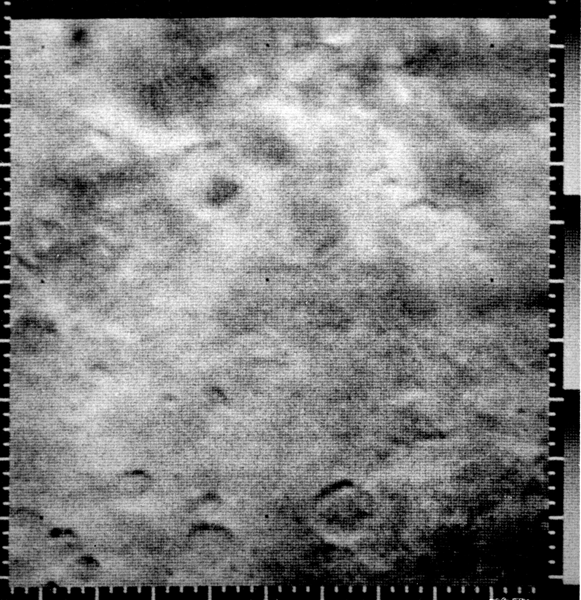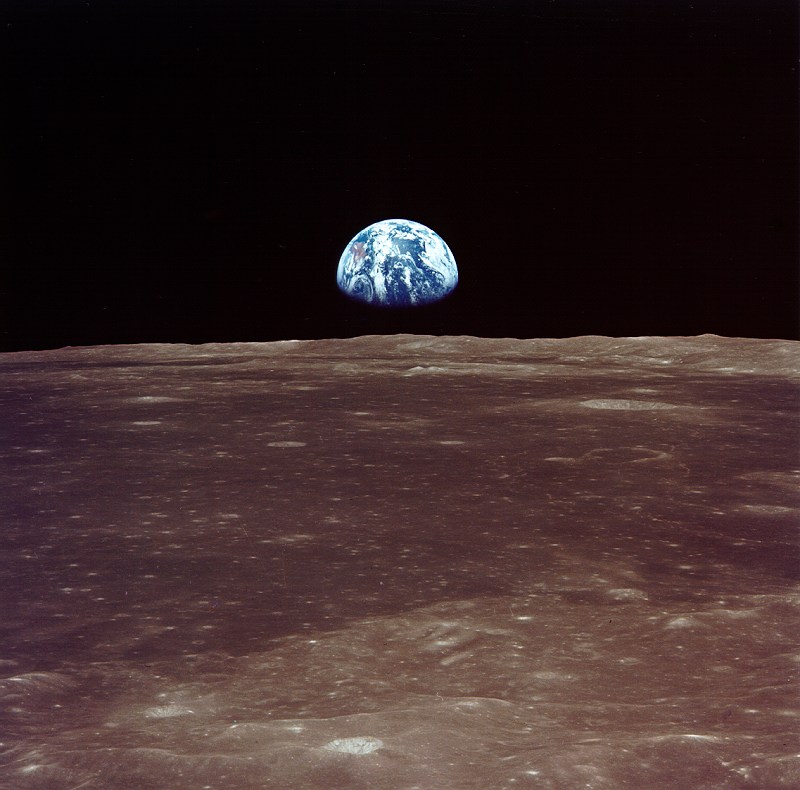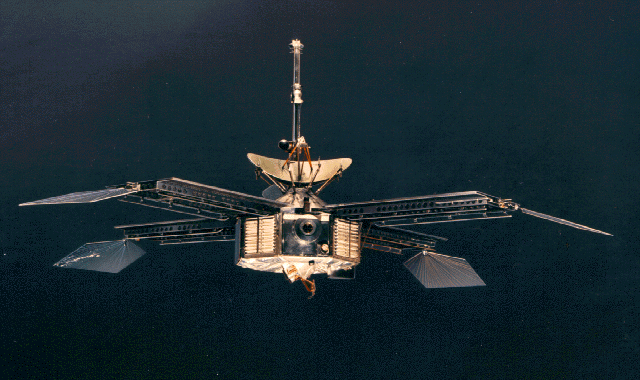Forty years ago today — May 28, 1971 — the USSR launched the Mars-3 probe.
With the identical Mars-2 mission already on its way, Mars-3 launched from the Baikonur Cosmodrome to follow it to the red planet. Once it arrived, on December 2, 1971, Mars-3 became the first craft to make a soft landing on the surface of Mars. However, perhaps because of a raging dust storm at the time of landing, it only operated for about 20 seconds before contact was lost.
Interestingly, the Mars-2 and Mars-3 missions were even more ambitious than just placing landers on the surface. Each lander also carried a small robot that was intended to “walk” on the Martian surface on a set of skis, taking radiation measurements along the way.





